Late 2015. I had spent a few months now speaking to people about love. The word “vulnerability”, not surprisingly, had shown up often in my conversations. “For me, love is when I can be vulnerable with someone”, several of the people I spoke to would tell me. So, while I was reading up on it, I had started asking questions about vulnerability, trying to define it – what does it feel like? When do you feel vulnerable – why do you call that vulnerability? We had made vulnerability scales and plotted our intimacies on them (I wrote about this here). I had done my homework. I had read up on it. I knew what vulnerability meant. “Emotional risk, exposure, uncertainty”, Brene Brown defines it in her TED talk.
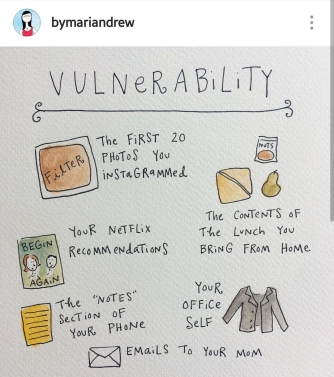
Now. I am an experiential learner. As I plotted my own vulnerabilities on a graph, thinking deeply after every conversation about my own experience of vulnerability, it felt only obvious to try it out. What would happen, I wondered, if I were fully vulnerable (as per my knowing conscious) with every single person I met? With nothing much to lose at that point in my life (I was already interviewing strangers about love), I decided to find out.
Synopsis: Let’s start with the spoilers first
In a conversation with a friend about this, she asked me to what being vulnerable meant to me in this experiment, throwing me my own question. I explained with a metaphor, the obvious one, one that I have frequently used since.
Being vulnerable is like deciding to be okay being naked. No make-up. No well-fitting clothes carefully chosen to highlight the good selected parts. Embracing the bodies we inhabit. Being open about our blemishes and scars and muffin tops. You embrace them as fact, whether you like them or not.
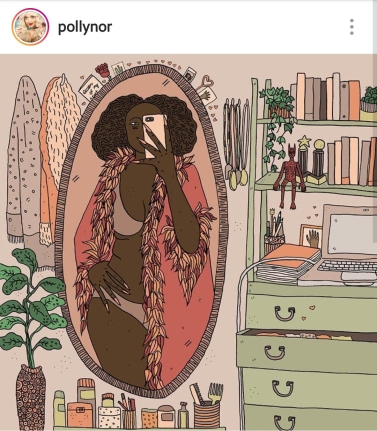
The first few times I stepped out “naked” in this way, it was interesting. There was an Adrenalin rush, even. Luckily for me, I was in the middle of interviewing strangers about love, so this blended quite easily.
Once that wore off though, the doubt began. The thrill faded. The supportive-ness of “early adopters”, as it turns out, was not universal. I was sometimes met with skepticism. With sarcasm. With apathy. I had to clarify more than once that I wasn’t, I swear, hitting on them. I made mistakes, several of them. Initially, I didn’t think much of them; they were a part of the process after all.
Then one day I saw the patterns – there was a design flaw. That’s when the experiment truly began. Long story short, that’s when I then started learning.
It has been over two years since. I have suspended the experiment – sometimes consciously, sometimes conveniently, and also come back to it in little spurts, each time starting at a different point than before. Sifting through my notes from the experiment days for perspective recently, I thought I was finally ready to write about it. This post is a little bit about the experiment and what parts of it did and did not make it beyond the experiment. But mostly, it is about finally being able to put all the lessons together for coherence – a set of reminders I could frequently use myself.
Here it is.
The Experiment
Step 1: To be or not to not be
How does one start being vulnerable?
In the post-Brene Brown world, we are inundated with images of vulnerability where it has worked – raw op-eds and honest talks and emotional books. So, I started with that as a plan. Radical honesty. Tell it as it is. Let people in. Don’t be afraid to cry. Tell people you love them.
Then one day, I was at a college giving a lecture on story-collecting and story-telling. When the questions started, someone asked me about some of the hardest stories I collected. I told them about interviewing a man who used to be an abusive boyfriend, and what it was like to listen to his story while managing my own triggers. The conversation escalated quickly. The students spoke about the support groups they had for abusive relationships and the things they had learnt. It was emotionally charged, raw and a tad bit jostled. As we walked out of that lecture, my friend who had invited me to that class, commented: “You can’t turn it off, can you? This vulnerability thing?” I don’t think she meant it as criticism, but it certainly wasn’t a compliment.
We sat in the staff room afterwards, had coffee and spoke about a lot of things. I do not remember them. But I remember thinking about this question as I walked out of the college. When does vulnerability become a bad thing? Where does my responsibility lie? What are my boundaries?
Step 2: Peeling off the layers
I went back to the metaphor (I think better with them). That’s when it hit me: This whole time, I had been trying to “look naked”. Sure, that was also uncomfortable, but that wasn’t the same as being naked. Being naked was about stripping off the layers, not about wearing a body-fitting naked-looking suit. All this while I have been trying to be vulnerable based on my version of what vulnerability looks like. All I had to do instead was not try so hard to not be vulnerable. What I needed instead was to not hide under the clothes because I was uncomfortable with the nakedness but because I was choosing to be that way. I needed to be more mindful of why I was wearing the clothes in the first place. I needed to be comfortable in the skin and body underneath, so that I don’t feel exposed and defenseless without it.
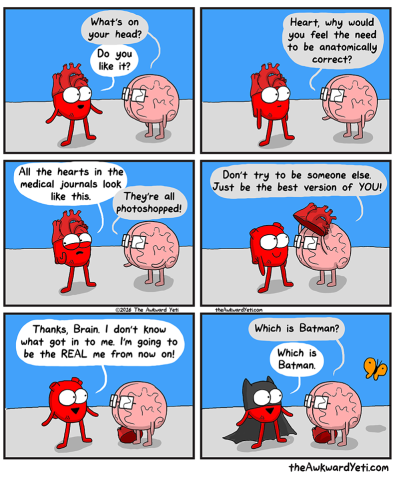
Basically, instead of trying to act vulnerable, I had to be vulnerable, which meant starting to peel off the layers that prevented me from being that way. This needed to be done gently: I had been wearing some of these filters for so long, that I’d almost forgotten how they were different from the skin itself. Think of it like taking off makeup like the fake eyelashes. You cannot just rip it off. You need to gently peel it from the root, from where it is attached.
So, I started paying attention to the filters I was putting on. What was I afraid of? Why were the assumptions I was making? What was I protecting? Initially, just observing, not trying to change anything.
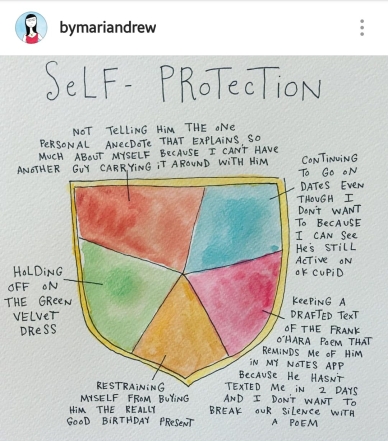
I realised that I had three kinds of fears I was trying to protect myself from. I was afraid that:
(1) … I’d be hurt (or that I won’t get the response I want).
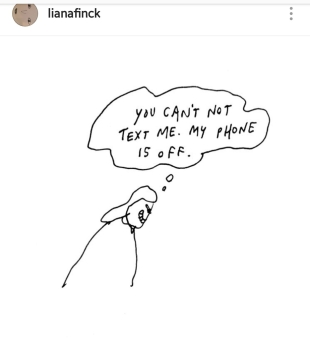
If I let someone in, I was afraid, they’d then be able to hurt me. And I didn’t want to be hurt. I’d rather keep someone out (and miss out on the possibilities that could bring) than being hurt. I was terrified of being hurt.There was another thing: I’d been taught, mostly through the popular culture, that the coolest women (or people) were the ones who didn’t allow themselves to be hurt. The girls who got hurt because they let someone in, had after all, had no one to blame but themselves. That getting hurt was my fault, that it meant I was weak. And I wasn’t going to be weak.
Sometimes, this fear wasn’t about hurt, but more about not getting the response I’d like. Like when someone crossed their boundaries a little bit, I’d be afraid to say that they did because I was afraid they won’t respond understandingly to it.
(2) …. I’d be exposed.
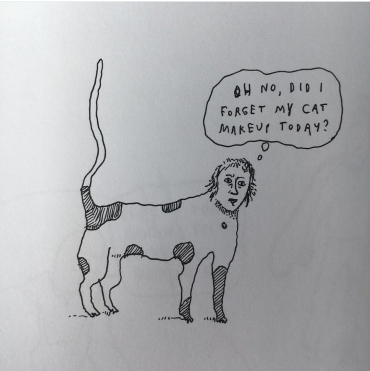
On my better days, I felt like I’d managed to find the right balance between what I wanted and what was expected of me. On the worse days, the balance was hard to find, so I’d often find myself resorting to being who I was expected to be until I figured out who I was. The fake it till you make it strategy, which, to clarify – need not always be a bad strategy; sometimes, like at work, it was actually a good idea. However, when stemming from fear, I realised that sometimes it was more a response to fear than a strategy. On the days that I was afraid, I had my strongest filters on – because these are the days when I am most afraid of someone finding what’s underneath – because I was most unsure if I liked who that person was underneath. Like a debilitating perpetual impostor syndrome of sorts.
(3) … I’d find out things about myself I am not yet ready to know.
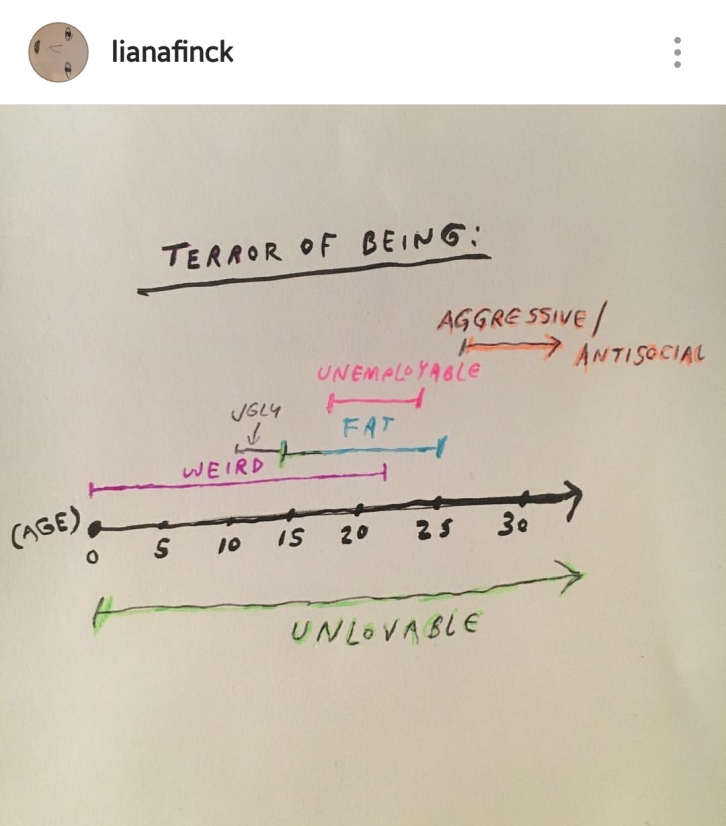
This was the easiest to miss, and added to the list much later, several layers down. It’s like not getting that strange rash checked because you don’t really want to know what has happened, and you’d much rather hope it just goes away. There were sides to me that I didn’t want to know, and I was afraid that if I let myself be myself, I could no longer pretend I have these sides. For example, If I told him I cared for him, in the anxiety that follows of what he will say back, I’d have to face the fact that I really really want him to like me back, that there’s that slightly needy side to me – the side that does actually want a relationship, the side that is terrified of being unlovable, which the “cool, doesn’t care about what the world thinks” side of me doesn’t want to accept. I’d rather rationalise what I feel for him and convince myself that it is not that important, than deal with finding out why it is important to me and face my “shadow side”.
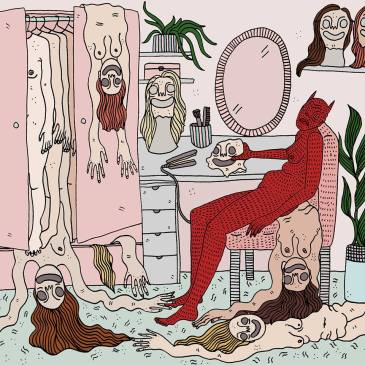
- Illustration: “Be You But Better” by Polly Nor
Let me add one disclaimer here: some of these things I wasn’t ready to find out also had hidden within it trauma from the past, which I truly wasn’t fully equipped to work on yet. I needed help and support to work through these things. Sometimes our minds protect us with good reason, and those times need some extra care and even some extra help. Being vulnerable also meant asking for that help when I needed it.
Step 3: Fact checking
The thing about these fears is this: while they are not entirely untrue, they need not always be true. And that whole grey area in between is where the empowerment happens. If these fears were strong enough to influence the decisions I made, I wanted to know they were valid fears. I started paying attention to what happened when I did something against that fear. Let me explain.
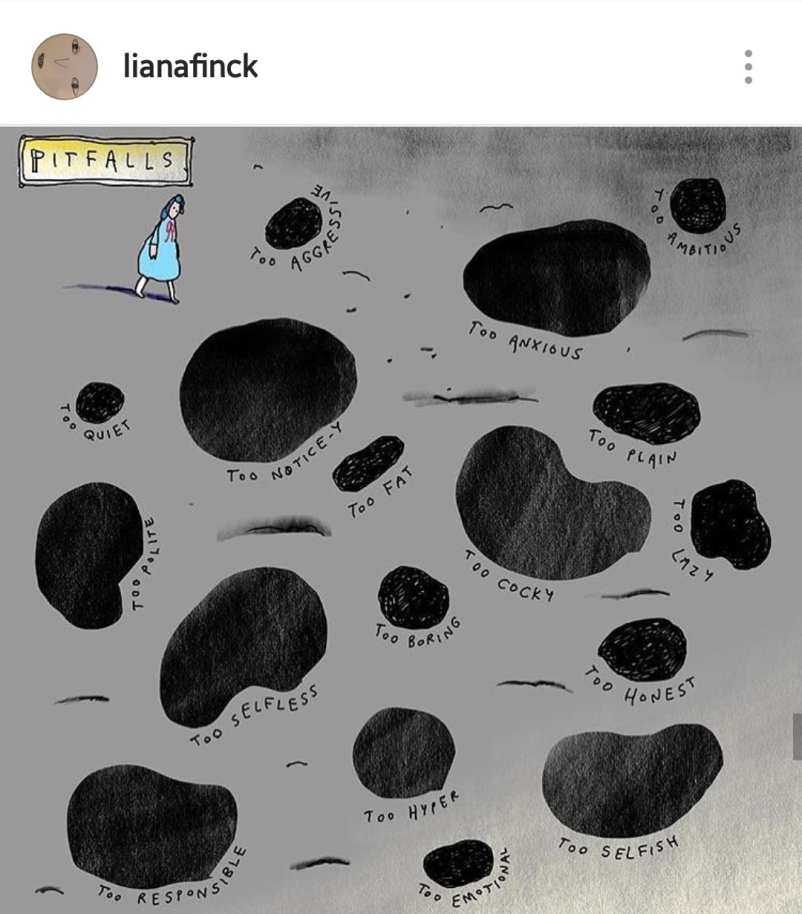
Let’s take the first fear – that I’d be hurt. When I found myself putting on the anti-hurt filter, I asked myself what I was really afraid of. “Will they not reply when I send this message?” “What if she makes fun of me (either in front of me or behind my back) when I tell her this?” “What if I get attached to her and realise that she doesn’t care for me as much?” “What if I fail?”. All of these had the probability of being true, but also that of my fear been proven wrong.
Sometimes, when I felt safe, I tried this out.
For example, I’d send that message. I received a reply more frequently than I anticipated.
When I didn’t, I’d ask myself how much it bothered me.
Sometimes, I realised that not that much, actually.
When it did bother me, I’d ask myself why it bothered me that much.
Sometimes, because that reply was logistically important – I needed to make plans, I needed to buy something, etc. In that case, I’d message again, explaining why it was important.
When I did, sometimes, I’d get a message with a sorry. I’d accept the apology and move on.
Sometimes, I didn’t get that reply even then. I’d ask myself again why it bothered me.
Then, sometimes I’d realise that that made me feel ignored or that I wasn’t that important. This is where it got tricky.
On my better days, I’d try to re-consider that conclusion. What were all the other options of what could have happened because of which they didn’t reply? Why was I jumping to this conclusion? Why was it so important for me to be important? Would it be okay for me if I wasn’t that important?
I’d then sometimes have a conversation with that person explaining what I was feeling.
Sometimes, they would respond to that with a reasonable explanation. So long as they acknowledged what I was feeling and I found the reason believable (even if I’d behave differently), I’d move on. Sometimes I didn’t, and I might or might not pursue it further. Either way, it was at least nice to know that they weren’t responding because I wasn’t important – and not personalising it that way would itself reduce the hurt.
On my worse days, I’d let myself feel hurt. And then remind myself that it wasn’t the end of the world. That’s all I’d have the energy for,
Sometimes, however, my fear was indeed true. I did, in fact, get hurt. Those days, I’d feel bad, and I’d let myself be. I just made sure I didn’t tell myself I told you, so! It was still not proof that it was always true.
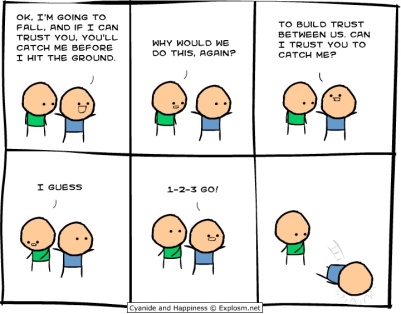
The tests didn’t always go well, but to bring my fear to the grey area was massively empowering. When I took these risks in relatively low stakes situation, I realised that one of three things happened with each other:
(1) The test went well – what I fear didn’t happen, or, sometimes, even happy things happened instead.
(2) The test did not go well, but I realised that my hypothesis about why it wouldn’t go well and/or what I would feel if I didn’t go well didn’t hold true – i.e. the reason things didn’t go my way were actually not the worst case scenario I imagined and/or it didn’t suck as much as I expected it to if it didn’t go well.
(3) It went badly. And the fear was true. And it sucked. Just the way I imagined it would be.
Even if the probability of all of these three were equal, the possibility of my worst fear coming true was only 33%. That made it way less risky – at least enough to not be debilitated against that fear. Add to that equation the happiness that came from the time that it did go well and suddenly the fear seems way less daunting. As that popular Instagram quote by Erin Hanson goes, “What if I fall? Oh, but my darling, what if you fly?“. Or, as the Mountain Dew men would say “darr ke aage jeet hai (there’s victory after fear)“. [That’s all the motivational talk I have, promise!]
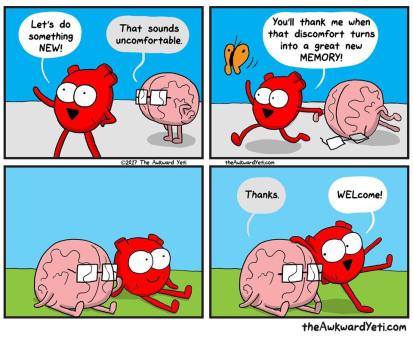
Observations
So, what did I learn from these tests?
As you can imagine, there were a lot of mini lessons, several of them rather specific. Generally speaking though, there were three biggest (albeit obvious) revelations:
Revelations
(1) So much of what hurt me actually had nothing to do with me!
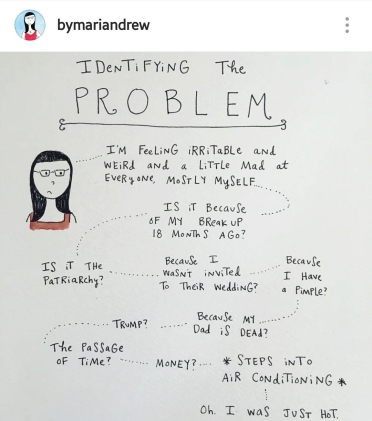
We personalise a lot of what happens to us: “He did this to me”. “She doesn’t care about me”. When I ran the tests, most commonly I found out that all that hurt actually often had very little to do with me. When she did not reply, it had more to do with the fact that she was low on mindspace – she needed more space, and that took priority. When that boy I was flirting with suddenly started seriously dating this other girl, he was choosing her – which wasn’t the same as he was rejecting me.
That doesn’t mean that everything was forgiven. It just meant that it didn’t have to affect my self-worth. When the friend did not reply because I was not her priority, I still had the choice to decide if I wanted to continue reaching out to her. I could still be upset. It just took away the feeling of “there was something wrong with me/ I wasn’t enough” as an interpretation of the situation. That difference took a while to see clearly, but the more I detached someone’s response to my sense of worth, the less I felt like crap. Sure, I often was sad and upset, but I learnt that it was easy to get over those emotions without the “I wasn’t good enough to be important” was not looming into how I saw myself and carrying forward after that. Her not responding had nothing to do with how good enough I was. And you won’t believe how liberating it was to actually feel that (and not know)!
(2) I was measuring my worth with a checklist of way too many “shoulds” that I didn’t always believe in
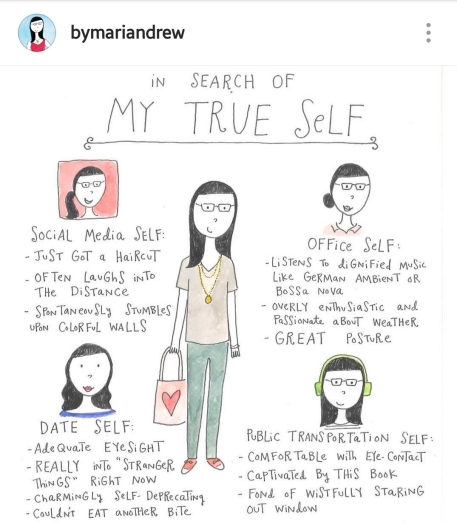
As I started questioning the masks I was putting on, I realised that I had an image of what “good enough” looked like: a conditional checklist to measure my worth. I should be someone who always says the right things. I should be someone who is always liked by everyone around me. I should be all put-together all the time. I should be the perfect student/ daughter/ employee/ girlfriend/ <insert any role here>. I should be extraordinary to be worthy…
You know what I mean. We all have our own lists, lists that feel as real as job descriptions. As I began paying attention to the “shoulds” and started deconstructing them, trying to think of where they originated, I realised that so many of these shoulds actually did not make sense to me. Several of these descriptions had been inherited blindly by those around me. Several of these were embedded in generations of patriarchy and other forms of status quos. Several of these were assumptions. Some of these, I did care about and agree with.
As one of the easiest tests, I’d ask myself “would I admire Meryl Streep (<or insert anyone else you really admire> any less if she wasn’t this well put-together once in a while? Sometimes, I realised that it might not affect what I feel about her at all. Those were the “shoulds” I dropped from the list. Sometimes, when I thought that it might affect my admiration, I asked myself why. That enquiry usually led me to see that should differently, or rephrase it logically – she would be a less perfect woman because she would be less compassionate/ kind/ loyal/ truthful, etc. And those were then values that were worth spending my time in.
So, at the end of this, I did not have a list without any shoulds; I was just a little more on board on the ones that still remained, making it easy to consider them in my behaviour and decision-making.
(3) I, as well as the world, was a work in progress
This sounds obvious. I was pretty sure I knew this. This experiment, however, made me realise how often (and how conveniently) I forget this. Or how often I think “well, he/she/they is a work in progress, but I should be this finished piece, and thus had to be perfect right now”.
Realising that it was okay to be a work in progress allowed me to try. To make mistakes. To be wrong. To be in a learning frame of mind. It allowed me to measure progress by the growth that came from this. And it allowed me to take myself (in my current form) less seriously.
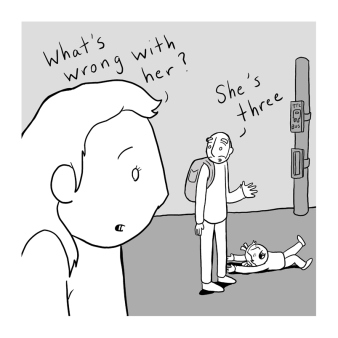
Let me explain all this with another metaphor:
The core self I found underneath all those layers of protection, was like a mould-able piece of clay, which could be shaped and reshaped. For a while, I’d thought that I’d managed to get the clay to be shaped exactly the way I wanted it, and so I didn’t want to touch it, thus protecting it with these filters I’d picked up along the way. But, this clay isn’t finished work. And as I learnt more about the shapes that made sense to me, the clay needed to evolve. That took time, and often, it wasn’t the shape I wanted it to be. Sometimes, there were things outside of me that also affected the clay; like say a rock falling on it that flattening it. In those times, I had to take off the rock, and re-shape it. Sometimes, I’d start with an image of what I’d like it to be shaped as, and sometimes, I had to just let the shape emerge. Sometimes I liked the shape, sometimes I didn’t.
In all these cases, I needed to keep working on it. And when I stopped, the clay hardened. It was still mould-able, it just took a while to become flexible again. Vulnerability, I realised, was letting the clay out in the open, ready to be shaped.
Believing in my capacity to change, in turn also helped me be more compassionate to others, and to the fact that they were also works in progress.
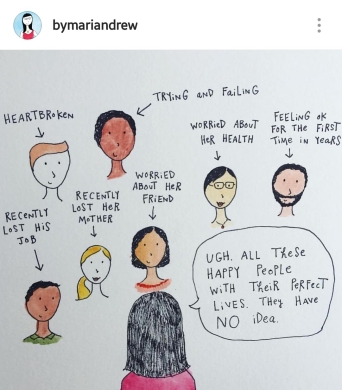
Speaking of being in a learning frame of mind, here are some of the things I learnt from the mistakes I made in the experiment.
What vulnerability was not
(1) It wasn’t sharing everything that was on my mind. It certainly wasn’t oversharing.
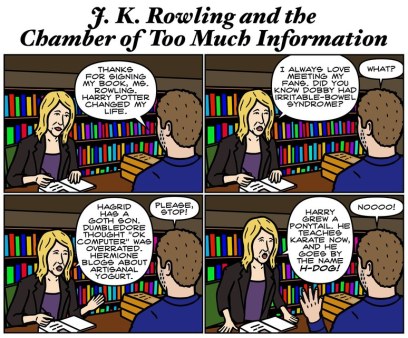
- Comic: Ben Ward in The New Yorker
It was more about sharing only the things I meant. It was about not stopping myself from sharing just because I was afraid. At the same time, it was being aware of the boundaries of others while I shared. It was also about consent. I find the clay metaphor useful for explaining this. Being vulnerable is allowing someone else to help shape the clay. Sharing responsibly is letting people decide if they want to get their hands dirty. It is also taking responsibility for the clay — when the clay is really messy/ watery, are you bringing in someone else and getting their clothes/hands/feet dirty with the expectation of them being able to mould this when you don’t want to yourself? Are they on board with this?
When the situation got (emotionally) intimate, or had the potential to become that way, I’d let the other person know that I was doing this experiment. I’d specifically request them to tell me if they are uncomfortable. I’d check in at different points to make sure they were as well as pay attention to the non-verbal cues.
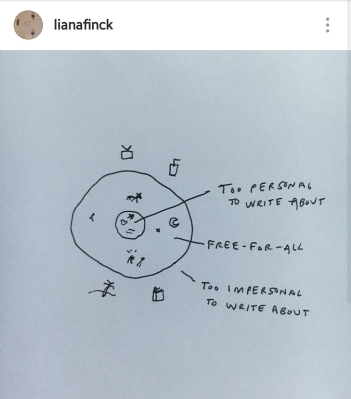
This took me time to learn: it was hard to tell the difference in the beginning. With time (and feedback), I learnt to pay attention closely. I figured out the pace and tone that worked (most of the time). More importantly though, I became more attune to my own intention when I shared. I started asking myself more frequently – Why am I sharing this? Was I sharing it for approval? Was I sharing it because I was desperate to receive a certain kind of response? Did I expect them to hold the weight of what I was sharing? Often, this clarified the intention and made the decision easy.
There were friends who had, over time, taken the place of being able to share some of the burdens to be there for me – there was a more established consent from them. In this case, I could share a little more, while still being aware that they were not always in a place in their lives to respond – and that their lack of response (the way I wanted it) or sometimes not consenting to the sharing wasn’t necessarily them failing as a friend.
For those who I had just gotten to know, I learnt to be a little more discerning. There were two main questions I asked: Had they consented to this? And/or Was this conversation mutually interesting/ valuable? For the second question especially, the questions I had about my intentions helped. If I was looking for to share simply because I needed validation/ to be heard, it wasn’t mutually beneficial.
So, how does one make it beneficial for the other person? One way is to mutually sense-make: I’d ask myself – what is a bigger question I have/ a bigger theme I am trying to make sense of when I share this? Can I learn something from the other person in response? It is one way of interpreting this beautiful touchstone: “When in doubt, turn to wonder“.
(2) It wasn’t an excuse to do what I wanted to do under the guise of being “authentic”.
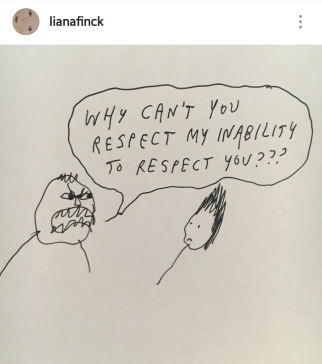
As follows from the previous point: Being vulnerable isn’t about not being accountable. It isn’t about pretending my actions did not have any impact, or not caring about the impact. It is about taking the risk to do actions that felt right and then taking the responsibility for the impact it had. It is apologising when that impact is negatively, and learning from it so as to never repeat it again. And I say this with a warning – the consequences are not always fair.
I lost a couple of friends through some of the mistakes I made in this journey. I apologised sincerely, learnt thoughtfully and tried hard to not repeat the mistakes after that. One friend forgave me after a few months. One other friend unfriended me on Facebook. Yes, the experiment had real consequences. I am still deeply sorry for the mistakes I made. I am still trying not to repeat the mistakes, while not being too harsh on myself for them.
(3) It wasn’t blindly trusting. Or falling in love with everyone you meet.
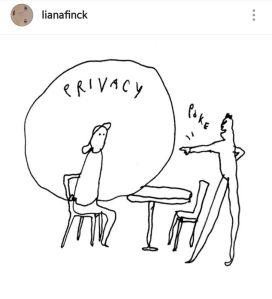
Or forgiving everyone for everything. The more I became aware of what I was feeling when I was being vulnerable, the more clear I also was about what my boundaries were. I was also examining what made me uncomfortable and why I was drawing the boundaries – these boundaries weren’t coming from a blind fear. When in doubt, sometimes it helped to ask the question: is this interaction/ person helping shape the clay for better or is it destructing the clay? Being slightly more clear of these boundaries also allowed me to assert them more clearly. I used to struggle to speak up when my boundaries were being intruded, and expressing that I was uncomfortable sometimes felt even more vulnerable, especially because I had no idea how the other person would respond to this. But wasn’t honouring what I was feeling in the face of that uncertainty what vulnerability was about?
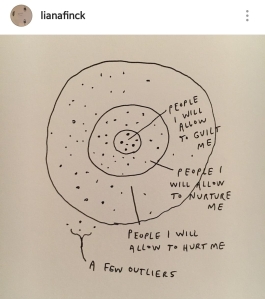
This also made a huge difference in my close relationships. When I was interviewing people about love, one of the most common things I heard was “for me, love is when I can be vulnerable with someone” – a feeling I quite understood. I’ve mistaken connection (that comes from vulnerability) to be love in the past. As the experience of vulnerability became more common though, so did the sense of connection with people around me – and with that my threshold for what counted as love moved. I could cherish the connection without getting overwhelmed by it. And in many ways, that deepened my capacity for intimacy, and has actually brought me closer to my intimate circle.
(4) It wasn’t weak. It wasn’t about being a doormat. And it certainly wasn’t passive.
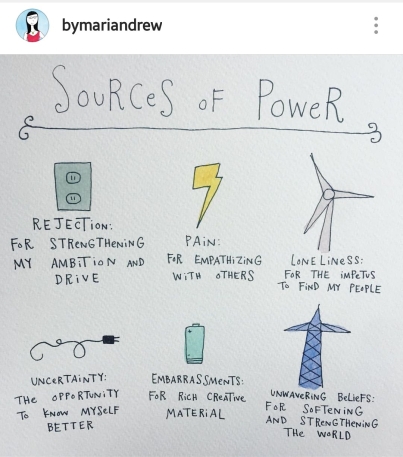
I think this follows quite clearly from the above paragraphs. But it’s worth stating specifically: being vulnerable made me more willing to take risks, and in order to do so, build my capacity to face the consequences, learn and grow from my mistakes, and face things that I initially feared. I have a long way to go, but I definitely became more courageous than I was before. Courage, that was mostly in the form of believing a little more that I could deal with what happened. Courage that came partially from being a lot more tuned into why I was doing things, drastically reducing regrets that I previously lived with. Courage that came also from taking agency over my actions because I was now “acting” (rather than only thinking) more. And that counts for something, right?
In (kind of) conclusion: So then what happened?
(1) It changed my relationship with myself
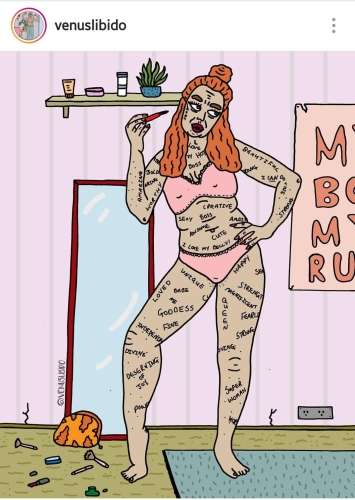
For me, the biggest change that came from this experiment is that (for the lack of a less cheesy way to explain this) I became friends with myself. I have always been a flawed human, I was just no longer (as) ashamed of it because I was more tapped into/ focused on my ability to evolve from it. I was a lot more attuned to my inner self, and that was certainly a mutually beneficial relationship to cultivate. On the good days, I am able to grow and change while honouring my feelings, I am able to better negotiate with my own self, without taking myself too seriously. On other days, I am able to be a little more patient with myself.
In the metaphor of being naked, I was now a lot more comfortable in my skin. When I liked my “body”, I became a lot more patient also about the muffin tops and blemishes and the things I didn’t like about it. Choosing to be vulnerable did not mean suddenly liking all of these parts. When I stopped trying to cover them up though, it actually pushed me to work on it harder without shaming myself (as much) for it. Growth mindset ftw? When I felt “unfit”, with hiding no longer an option, I had to get running and get fitter, while being comfortable with whatever shape the body took in the process. Sometimes that took longer than I’d like, sometimes it didn’t produce the results I wanted – and that was all okay. I was just clay that could continue to be shaped.
In other words, I was now able to surrender and claim more agency at the same time, and that made a massive difference to the sense of security I felt.
(2) I began “collaborating with life”
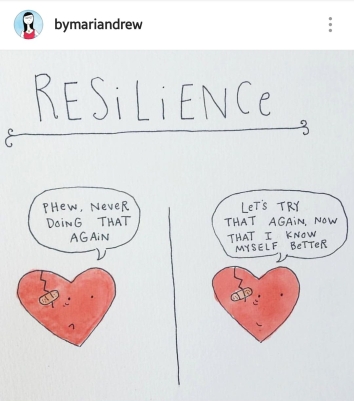
That sense of security in my capability to deal with things along with the agency to do so empowered me to deal with things better and to grow through them. In weird ways, it centered me, shifting my center of gravity more within me. I became more sensitive to stimuli, willing to receive, while feeling a little more confident in my ability to deal with things when they went wrong. As I took on more agency in what actions I took and how I responded to the consequences, I was (better) able to surrender to the things that weren’t in my control. As my friend, Devin Karbowicz, beautifully stated, this kind of active surrender is a way of “collaborating with life” without micromanaging it. And something about that is deeply humbling!
(3) It changed my relationship with the world
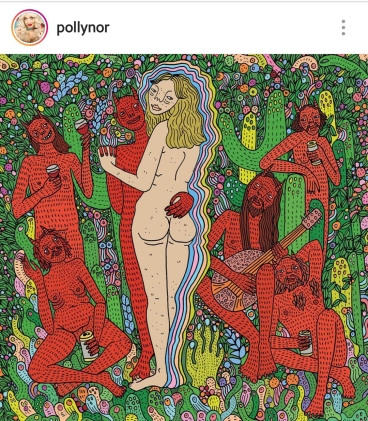
When I became a little more secure in myself, a lot more accepting of my flaws and boundaries, I was also able to accept the flaws and boundaries in others more compassionately. It shifted my focus to my locus of control. Now that I was channeling more energy into the shaping of the clay underneath the filters and enjoying that process, I was no longer walking into relationships afraid of what happens when they see the clay, when they mould it. I was now seeing relationships as spaces for growth, and somehow that made me feel less burdened by them. I was a lot less afraid of being hurt – I would still be saddened by things, but I was now a little more aware to not mix that with my insecurities and sense of worth. I was no longer reduced by the sadness (or all the other emotions).
This made it easier for me to let people in as co-conspirators in this process of moulding and growing, while that also somehow made them trust me more and let me in, helping them in their process. Relationships with growth at the core of it have been a lot more fulfilling, and I am a lot less afraid.
The (*)
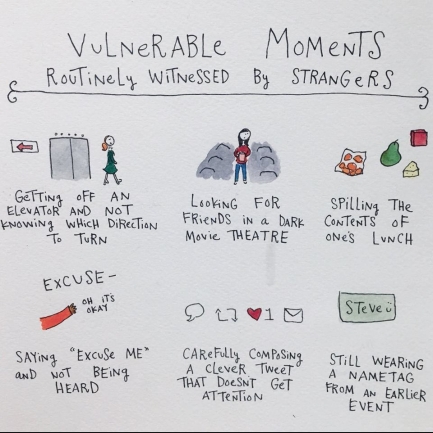
Let me end by saying this: Just in case this makes me sound sorted, I am not. I often forget this. Sometimes, I shelter myself under a lot of filters. Some days, being vulnerable is harder than I remember. Some days, I am still convinced this is a bad idea. There are several days when my internal compass is too muddled, too overwhelmed, too impatient, and I just need a little bit of makeup/ validation/ extra assurance/ protection. But on the days that I have managed to remember to be vulnerable, I have been astounded by how much space it makes for me to grow.
I don’t know if the things I experienced are universal. But I do think, based on my experience as well as the stuff I have read, that there is some merit to trying this out. If you are interested in trying this out, I compiled some ideas for where you could start in this blog post. It includes list-making, flowcharts of questions and things you can read to learn more.
Meanwhile, would love to hear your thoughts!
[…] to not be vulnerable. (I wrote about what I learnt about vulnerability by experimenting with it here). Based on some of the comments I received, I decided to write this starter guide for becoming more […]
LikeLike
[…] I have been experimenting with vulnerability for a while now, and thought I had some decent understanding of it. Then in a debrief about one of the collective sensemaking gathering, a friend challenged a lot of what I claimed was vulnerability. Asking this question has allowed me to continue digging when it got uncomfortable, and has been its whole kind of epiphany (which I have written about here). […]
LikeLike